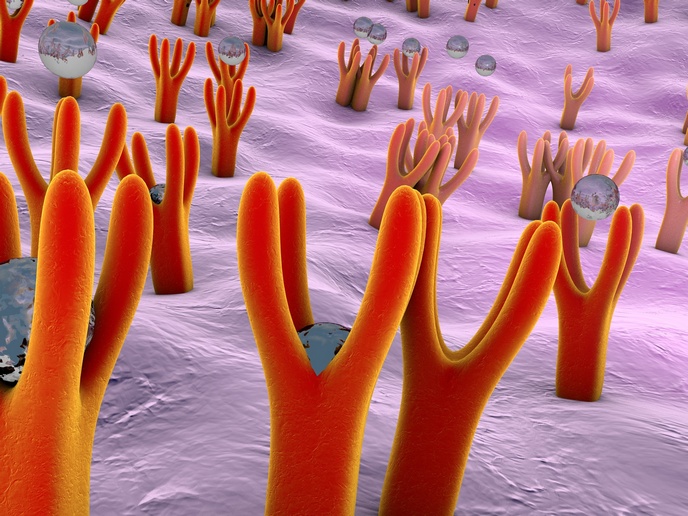Building smaller biosensors with lasers
Biosensor technology has made significant advances over the past 20 years. The sector still holds enormous potential for the future, however, particularly in the fields of environmental monitoring, industrial and food processing and health care. The EU-funded Biolift project has employed a new technique for developing biosensors that do not require the use of biological labelling. Project partners have successfully used the 'Laser-induced forward transfer' (LIFT) technique to deposit biomolecules on the surface of the sensor. Use of the LIFT technique has enabled sample sizes to be greatly reduced while employing capacitive transducers that allow high sensitivity and low-power operation. Researchers began by first identifying an appropriate laser system and then optimising the laser pulse intensity. Scientists then selected the most suitable carrier for the material to be deposited and optimised the distance between the carrier and the substrate. The aim is for the sensor to be used to analyse thousands of types of samples including proteins, different ribonucleic acid (RNA) strands and pathogens. The Biolift consortium has successfully designed a sensor that is both highly efficient and robust and can rapidly conduct analyses. Results from the project will enable European research to remain at the forefront of biosensor technology.







